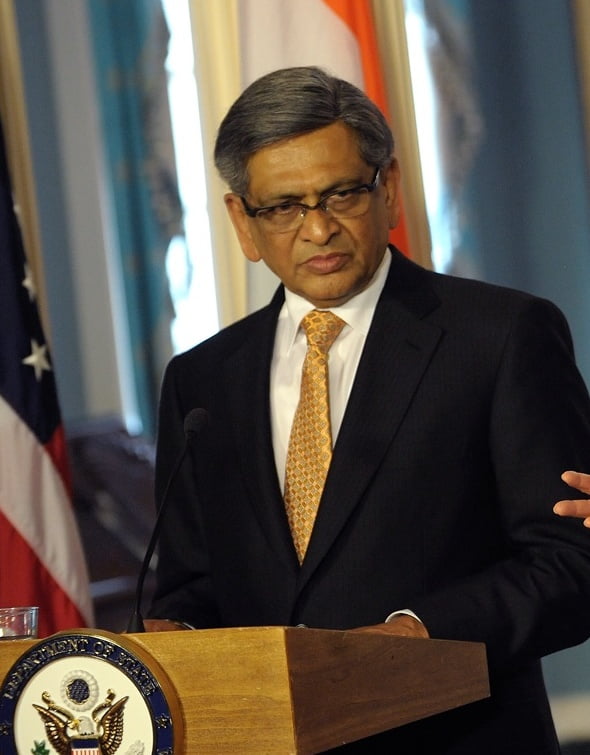Somanahalli Mallaiah Krishna is a Indian politician who will never be forgotten.

The man who last served as The Minister of External Affairs of India and an old PM candidate, SM Krishna was a prolific politician and writer. Keeping his political career aside, he was responsible for placing Bengaluru on the international map.
In the reign of SM Krishna, first as the Deputy CM of Karnataka and later promoted as the Chief Minister, he contributed immensely to Bengaluru to grow as the IT hub of India. His governance in power was characterized by massive urbanization of the city and technological growth.
A lawyer in profession, who studied in one of the finest institutions of the modern world, he was surrounded by brilliant tech minds, suggesting he allow IT biggies like Biocon, Wipro, Infosys, and others to flourish on his soil.

His tenure as the Chief Minister
As the Chief Minister, he brought in state-of-the-art technology, which today has transformed Bengaluru into a sea of flyovers, bridges, and buildings. He pioneered e-governance in Karnataka. The benefit of ICT (Information Communication Technology) seemed to work on public delivery systems, drastically changing the way the government perceived the new technology.
ICT began to be used in land records, treasury systems, and land registration, IT kiosks being the first, saving time and improving transparency in documentation.
He roped in the private sector, to suggest ways to develop the city and set up the Bangalore Agency task force.
Krishna’s government was instrumental in simplifying the filing system, computerization of accounting works, and streamlining tax and license systems.
The labor policies were relaxed particularly for the IT sector which in turn aided in its massive growth.
What was the result of these robust policies?
The result was quite simple: Bengaluru bloomed to riches, surpassing heights never expected before.
Bengaluru became the perfect destination for the explosive growth of the IT industry and the desired place for anyone to work at. Workers now could be employed in bulk round the clock, while women could work on night shifts.
All this facilitated the availability of manpower for the IT industry.
IT biggies, realizing the potential Bengaluru held, ditched Hyderabad for the former, irking Chandrababu Naidu, who was famously known as an adversary of his neighbor SM Krishna.

Bengaluru’s GDP growth rate was 20.76% between 1993 and 2004, compared to the average rate of 7.93% in the rest of India.
By 2010, about 50 Fortune companies had a presence in Bengaluru, the trend has continued ever since. Home-based Unicorns such as Ola Cabs, Myntra, Flipkart, and Byjus presented India on a global IT platform.
Today, Bengaluru now receives recognition as a hub of technology startups, as new start-ups mushroom almost on a daily basis. Hosting a melting pot of culture, language, and diversity, ‘The Silicon Valley’ of India bows in respect for the humble boy from Mandya, who not only created a legacy for himself, but also for the city he so loved.





















































































